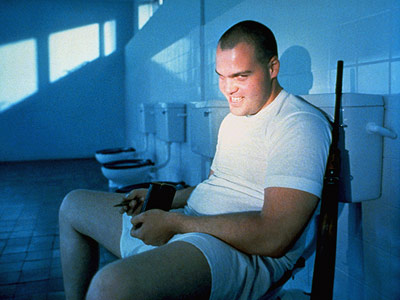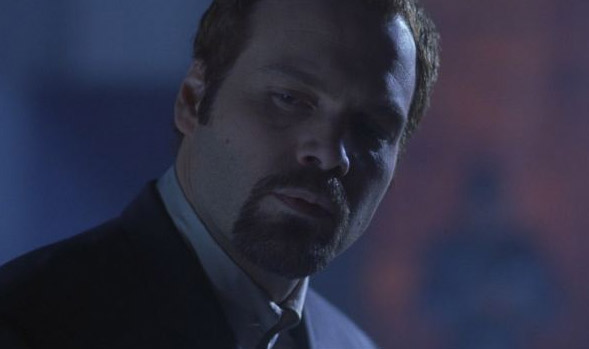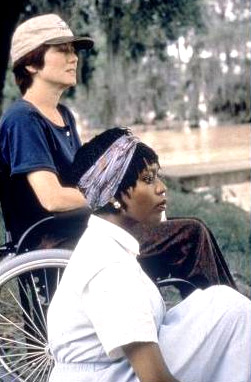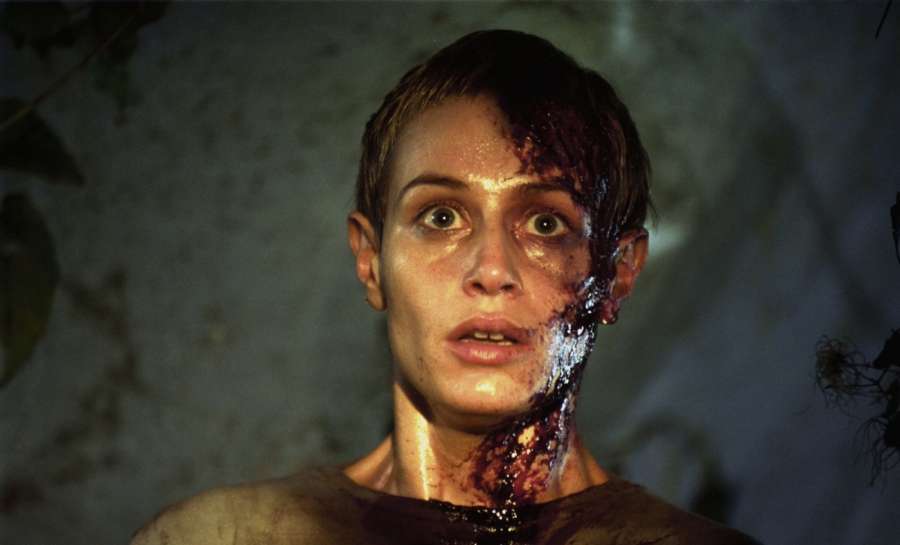Take Three: Vincent D'Onofrio
 Tuesday, July 17, 2012 at 12:00PM
Tuesday, July 17, 2012 at 12:00PM  Craig here, back after a week away, with this week's Take Three. Today: Vincent D'Onofrio
Craig here, back after a week away, with this week's Take Three. Today: Vincent D'Onofrio
Take One: Full Metal Jacket (1987)
The first thing I think about when I think about Stanley Kubrick’s Full Metal Jacket is D’Onofrio’s face sunken into a foul grimace by deep hatred – of himself and everything and everyone around him – as he sits on a toilet in the starkly Kubrickian military ‘head’ in the dead of night, loaded rifle by his side. “Hi joker,” he says, in a decidedly creepy fashion, as Matthew Modine shines a torch on his face. Somethin’s up. He’s not quite... there
I AM... in a world... of shit!”
This exchange draws us into one of the film’s most powerfully effective scenes, one that stays wedged in your mind. (Nothing in the film’s explosive second half is as powerful as thi) It’s D’Onofrio’s last scene in the film, his big, terrible, final moment. All the prolonged abuse and intense physical strain he’s endured up until this point is distilled into his words, his desperate and maniacal expression. Outside of R. Lee Ermy’s shouty Golden Globe-nominated grandstanding, D’Onofrio walks away with the acting honours. The physicality required (D’Onofrio added an extra 70lbs, beating DeNiro’s bulk-up for Raging Bull) is complemented by his proficiency in conveying the inner workings of a broken army soul. D’Onofrio’s Leonard “Gomer Pyle” Lawrence (nicknamed after a Jim Nabors character on The Andy Griffith Show) is key to understanding what Kubrick was getting at with Jacket. Full Metal Jacket’s best moments and Kubrick's most pointed statements about war and military endeavor are translated through his bold, grimly-evinced performance.









